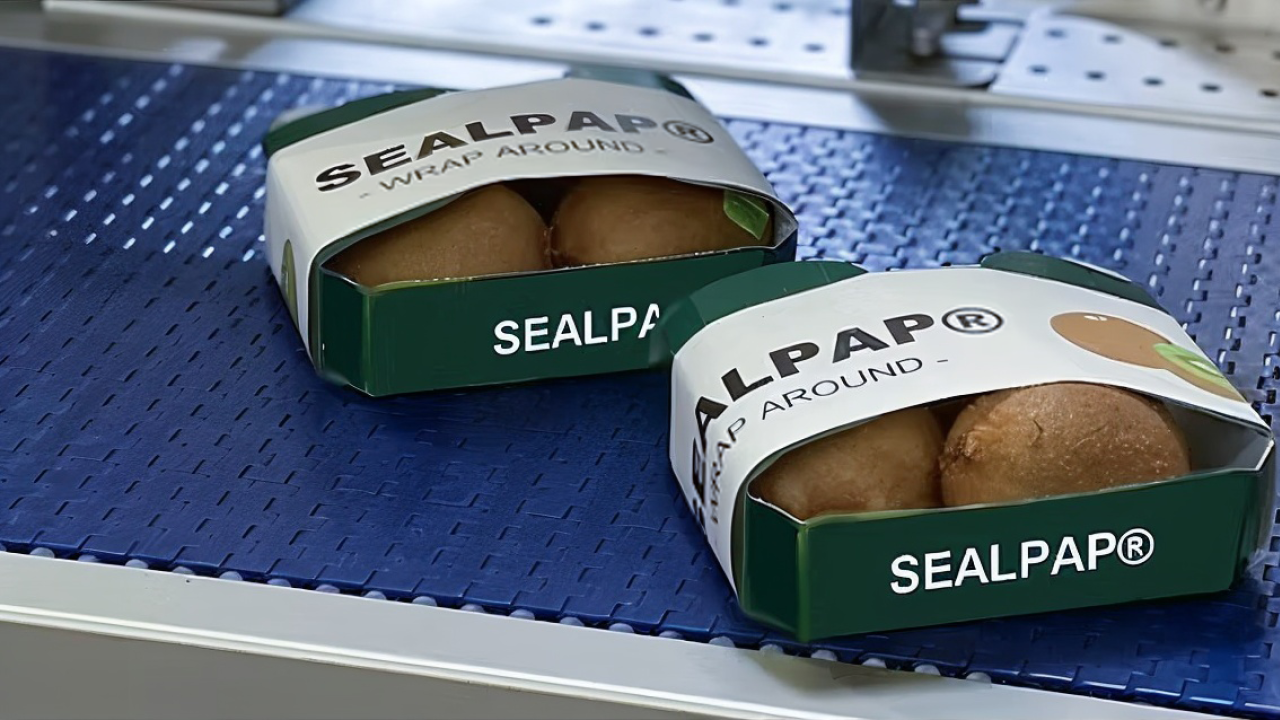Herma adhesive 63Z certified for direct labeling of blood bags
German institute ISEGA has tested and approved the Herma adhesive 63Z for primary labeling of blood bags, as well as direct contact with dry, moist and fatty foodstuffs.

The self-adhesive material for the pharmaceutical sector consists of HERMApharm G 132 label paper and adhesive 63Z. The paper's slightly glossy surface enables a good image to be produced by all conventional printing methods.
Further, all the constituents comply with the BfR XIV and FDA 21 CFR 175.105 (adhesives) recommendations and EU Directive 2003/53/EC. The HERMApharm G 132 label paper is also environment-friendly and no components contain APEOs.
Herma managing director Dr Thomas Baumgärtner said: ‘In view of the adhesive's advantages, various label printers asked us to seek this approval. We are delighted with the positive outcome.
‘The HERMApharm G 132 paper is thus suitable not only for labels that are intended solely to impart information, but also for product labels.'
Producing labels for blood bags is a growth market as there has been a steady rise in the number of blood donators. A 2010 Eurobarometer survey indicates that 37 percent of Europeans have given blood, an increase of six percent since the last survey was conducted in 2002 in EU-15.
Experts expect the demand for donated blood to continue rising in future. In most cases, it is stored, transported and consumed in blood bags.
According to Herma, the benefits of the supple material comes to the fore not only when applied to blood and other bags, but also when exposed to the high restoring forces associated with small-diameter items, such as blood collection tubes, test tubes, syringes and vials.
‘With the combination of HERMApharm G 132 and the 63Z adhesive, overlapped labeling is no longer essential,’ said Baumgärtner.
‘Apart from enhancing safety in connection with these highly sensitive products, the labels also contribute to material savings and improve the items' appearance.’
Stay up to date
Subscribe to the free Label News newsletter and receive the latest content every week. We'll never share your email address.

